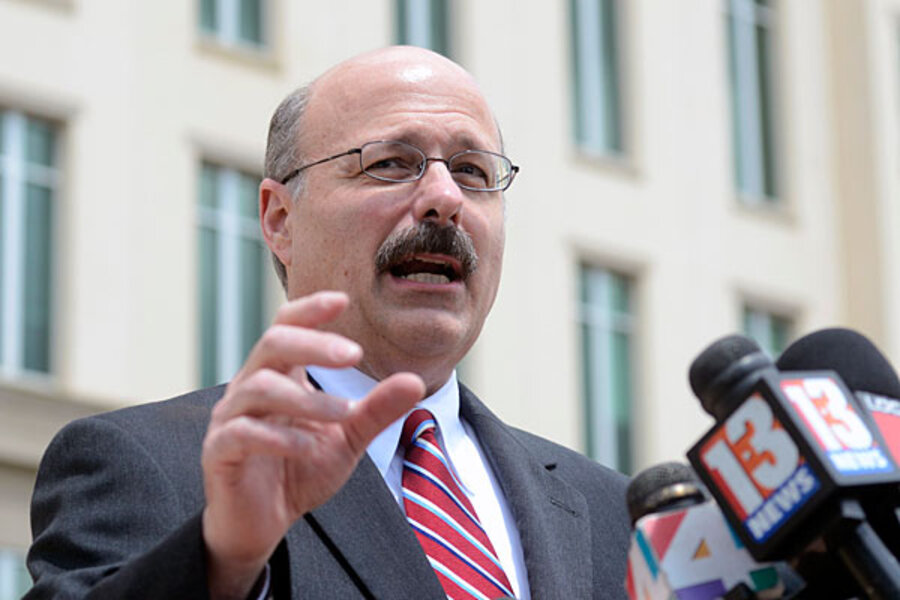Testimony at the hearing suggested that Sanford police – who released Zimmerman without charges before a special prosecutor filed charges against him last week – didn’t fully believe Zimmerman's story, noting” inconsistencies” in his account of how he was attacked by Trayvon.
When Zimmerman was on the stand, Mr. De La Rionda asked him about whether, when police asked him about inconsistencies in his story, he began to say that he didn’t remember exactly what happened. The judge cut off that line of questioning, saying it veered into evidence that should be introduced at trial.
But during his turn on the stand, Gilbreath drew attention to Zimmerman's assertion to police that Trayvon was at one point running around Zimmerman's car. Gilbreath questioned why that should make Zimmerman fear for his life. “[Zimmerman] was so scared that he still got out of the car and chased Mr. Martin,” Gilbreath said skeptically.
Under questioning from O’Mara, Gilbreath also described new details that Zimmerman told police, including the claim that Trayvon allegedly tried to suffocate Zimmerman and grab for his gun before Zimmerman “scooted away” and shot Trayvon at close range.





